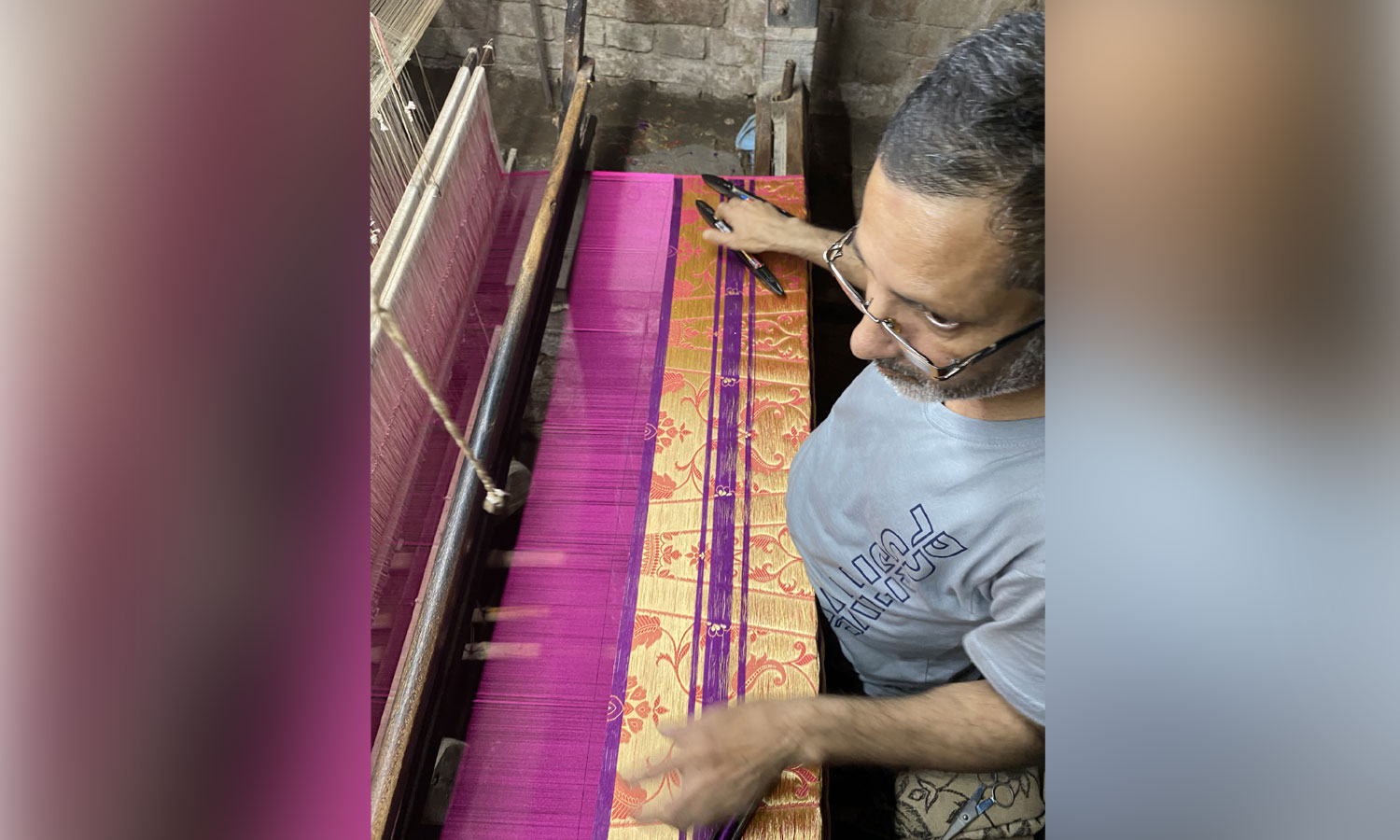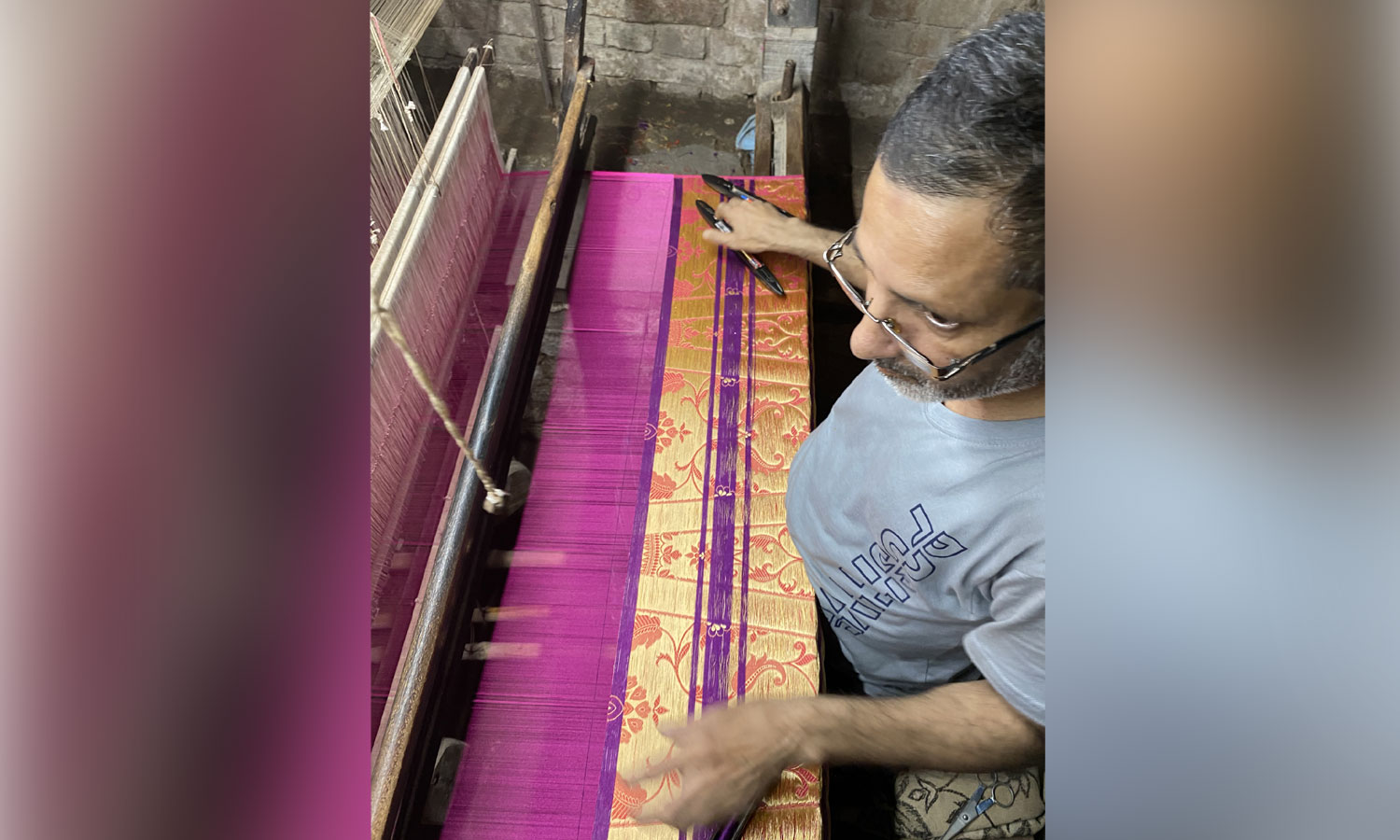
India’s textile heritage is one of the oldest in the world. With a history dating back to 5000 years, it is central to our country’s identity and has helped shape our cultural and societal fabric. From being talked about in mythology and adorning the royal courts to playing a pivotal role in shaping world trade routes, textiles have been woven into the very fabric of our land. Even in the movement for India’s independence, textiles were not mere threads but symbols of unity and resistance.
For centuries, this sector has captivated the world with its exquisite craftsmanship and remarkable diversity. Even today, in the age of industrialisation and globalisation, the Indian handloom industry has been able to retain its uniqueness and the charm of its products, continuing to generate employment and livelihoods for millions. According to the EXIM Bank Report, 2017-18, handloom products capture 17% of the Indian textile market and employ about 3.5 million people, of which roughly 2.6 million are weavers and the rest are allied workers.
From the outset, the Government of India has implemented and continues to introduce numerous policies, programs, and schemes to support the handloom sector. These initiatives focus on infrastructural development, skilling and upskilling, market facilitation, and the protection of authentic handloom products.
The challenges faced by weavers are multifaceted, including competition from power loom textile production, difficulties in accessing government initiatives, rising input costs such as yarns and dyes, and reliance on traders. These factors collectively keep weaving wages near subsistence levels.
The Role of Brands
In recent years, the cultural significance and value of Indian handlooms have gained recognition. This shift is due to the dedication of a niche yet strong group of patrons, designers, brands, and social organisations who have raised awareness and pushed forward the need and benefits of purchasing authentic handlooms.
Brands especially, have been able to help the Indian weaver in a multitude of ways. From financially empowering them with fair prices and giving them access to a wider market to enhancing awareness about handlooms, artisans and their weaves are at the centre of our business models.
Here’s how we’re making it happen
Fair Prices: Weavers get a financial edge by working directly with brands who pay them upfront. This means that they are rewarded for their skills and time put into the laborious practice of weaving, helping them continue their traditional crafts with dignity and financial security. Brands cut out the middlemen and engage directly with weavers and master weavers, ensuring that more money goes straight to them.
Intervention and Innovation: Design innovation is integral for the handloom industry to keep pace with changing consumer needs and fast-changing markets. Most weavers are not able to develop new products due to a lack of exposure to the market, financial means, and poor infrastructure. Brands on the other hand have the insights of a global audience to help weavers innovate and keep their products fresh. They give weavers the means to experiment with their designs to capture the interest of today’s discerning customers.
Marketing, Branding & Promotion: In today’s world of fast fashion, Indian handloom products need distinctive branding and strong differentiation. Brands help create a unique positioning for these products by creating awareness of the diversity of techniques, traditions, and skills that handlooms employ. Brands like ours also invest in getting various certifications relating to authenticity and quality, like Silk Mark and GI tags from the Government and Third Parties to instil trust in the customers, thereby ensuring patronage and work for the weaver.
Rewards & Recognition: Beyond providing weavers a self-sustaining financial model, we also encourage lesser known and new weavers to join the profession, through small projects and recognition programmes. This helps create visibility for them among their peers and especially family members, who normally look down on this occupation.
Today on National Handloom Day as you explore the world of Indian weaves, remember that your purchase is a significant step in preserving tradition, supporting livelihoods, and making a more equitable economy. Celebrate by taking a pledge to embrace the beauty and uniqueness of handwoven textiles, honour the legacy built by generations of weavers, and help shape the future of the Indian handloom industry.
By Nishant Malhotra, Founder & CEO, WeaverStory
